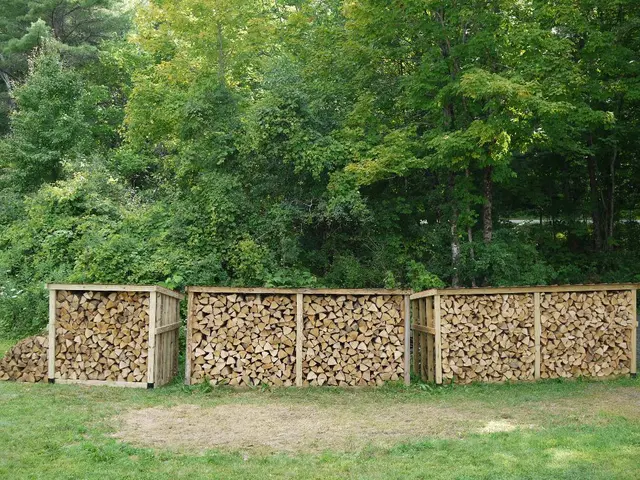Japan's technique for reusing old magnets in electric vehicles successfully retrieves more than 90% of precious rare-earth elements
In a significant leap forward for sustainable technology, researchers at Kyoto University and in the US have developed a new method for recycling rare earth elements (REEs) from magnets used in consumer and industrial products. This innovative approach, known as the Selective Extraction-Evaporation-Electrolysis (SEEE) process, could revolutionise the industry and address the growing need for a sustainable supply of REEs.
The SEEE process is structured into three stages: selective extraction, selective evaporation, and selective electrolysis. In the selective extraction stage, magnet scraps are submerged in a molten salt mixture containing calcium chloride (CaCl2), magnesium chloride (MgCl2), and calcium fluoride (CaF2). This stage facilitates the dissolution of REEs, such as Neodymium, Praseodymium, and Dysprosium, as well as other valuable metals like high-purity gold, copper, aluminum, and steel.
The selective evaporation stage follows, where the extraction agents and other byproducts are removed, leaving behind a concentrated mixture of the targeted rare-earth elements. The addition of calcium fluoride (CaF2) during this stage helps to control evaporation losses and improve extraction efficiency.
In the final stage, selective electrolysis, the extracted REEs are separated electrochemically due to their distinct formation potentials. This stage marks the recovery of REEs, with the SEEE process recovering 96% of neodymium (Nd) and 91% of dysprosium (Dy), both achieving over 90% purity.
The goal of this research was to develop an alternative to traditional recycling methods that are often complex, requiring multiple stages and substantial energy input, which can limit their economic viability and environmental benefit. The new method, which was initially piloted with nearly 50,000 pounds of decommissioned hard drives and server hardware, offers a more efficient and environmentally sound solution.
REEs, particularly neodymium (Nd) and dysprosium (Dy), are essential components in high-performance magnets used in various green technologies, including electric vehicles (EVs) and wind turbines. The SEEE process could play a pivotal role in ensuring a stable supply of REEs while reducing dependency on new mining activities, an activity often associated with significant environmental challenges, including land disruption and the generation of chemical waste.
Moreover, the methodology behind the SEEE process could also be adapted for other difficult separation challenges, such as the reprocessing of spent nuclear fuels. As the SEEE process moves through advanced research stages, showing promising lab-scale results, it has not yet been widely implemented industrially due to challenges in scalability and cost-efficiency. However, with continued research and development, it is hoped that the SEEE process will soon become an industry standard, paving the way for a more sustainable future.








